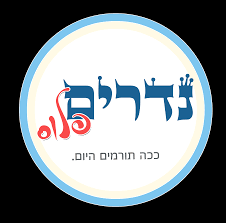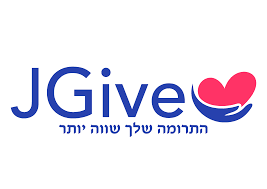Daring Rescues

“H” has a hard time coming up with an “unusual” story to relate. “Every story is special, every story involves risk of life,” says the man who heads Yad L’Achim’s rescue unit.
When we press him for some insight into what it’s like to enter hostile Arab villages to extract Jewish women, he prefers to speak of the team effort that contributes to Yad L’Achim’s success.
“I’m not alone in this,” says H., a former member of an elite combat unit in the Israeli army. “There’s a whole team of volunteers who work with me. Each member of the team plays a crucial role. In some cases they receive a just few hours’ notice. They leave their families and businesses and put all their energies into getting a Jewish woman out of an Arab village, at risk to their own lives.”
What’s it like in the moments before they enter the village?
“Before we get to that point, I’ve sat with our staff and pored over updated maps of the area. We have to be able to get in and out of the village, together with a frightened Jewish woman who often has a child or two. We’ve got to know all the routes in and out of the village and be prepared for all eventualities. Only when we have all the answers do we embark on our mission.
“Many times these preparations take place under pressure, but we have to keep our cool and act responsibly.
“On the instructions of Harav Shalom Dov Lipshitz [founding chairman of Yad L’Achim], at the moment we enter the village we all say together, quietly, chapter 121 in Tehillim, which begins, ‘I raise my eyes upon the mountains; whence will come my help?’We say the last verse – ‘G-d will guard your departure and your arrival, from this time and forever’ – out loud. This gives us a feeling of confidence that we will succeed in our mission.”
Does he have a recent story he can share with us?
“Two weeks ago, the hotline at our Jewish Women Rescue Division received a call from Umm el-Fahm, the Arab town in the Galilee. On the line was a hysterical young woman who had married an Israeli Arab and was desperate for a way out. She grew up in a town in central Israel, where she met the man and, against the advice of friends and family, married him and even converted to Islam. Once she took that fateful step, she was expected to be completely subservient to her husband, in keeping with Islamic practice.
“In the hospital, after giving birth to her baby, she met a Jewish woman who could see that she was in distress and slipped her a piece of paper with the number of Yad L’Achim’s hotline. One day, an opportunity presented itself and she called. During the course of the conversation, it emerged that she had one day a month when she was allowed to leave home – the 28th, when the National Insurance Institute deposited her welfare payment into her bank account. We decided that that would be the day of the rescue.
“On the designated day, we showed up at Umm el-Fahm in three cars, one to do the rescue, and the other two to provide back-up. Based on a predetermined signal we identified the young woman, dressed from head to toe in Arab garb, with her baby in her arms. In order not to raise suspicions, she had left home with nothing but several layers of clothes on the baby.
“She entered the rescue car and we sped out of town. We took her to an apartment in a secret location that was equipped with food and clothing for mother and child, as well as warm, supportive social workers.
“Despite the difficulties and dangers, the rescue is the easy part. Then comes the rehabilitation.”
Why does H. continue to put himself in danger in these missions? “It’s impossible to stand by when you see the kind of danger a young Jewish woman is in,” he answers, challenging the rest of us to do our part as well in rescuing these women in distress and their children.




